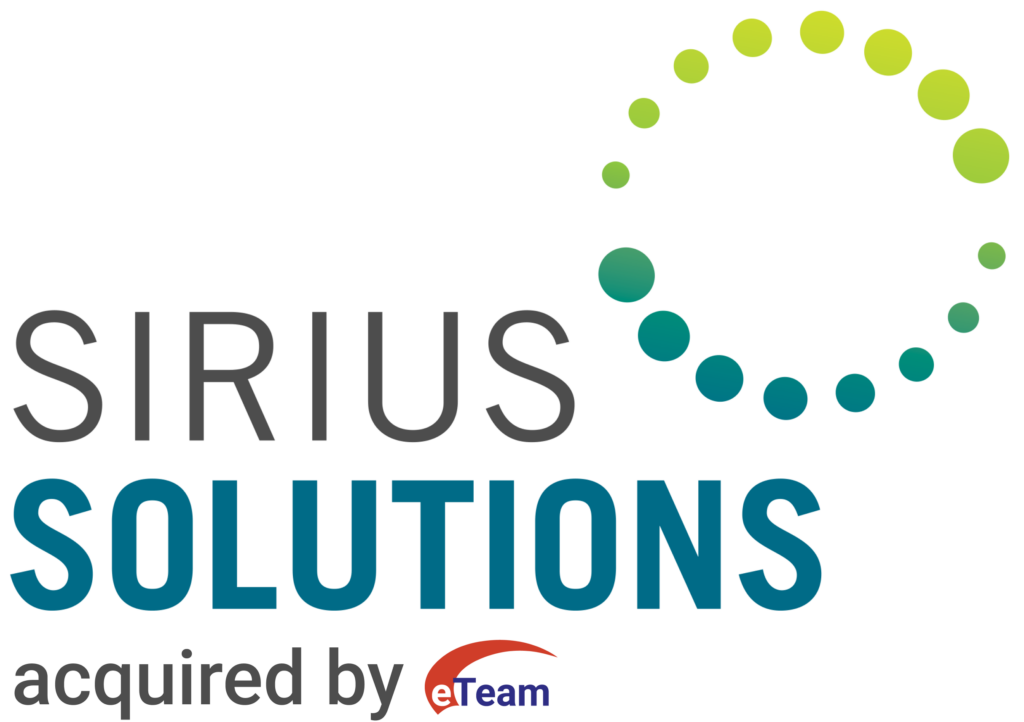A Note to Buyers of Consulting Services
Pundits have been writing consulting’s obituary for years. They point to project delivery of impractical and impossible to execute solutions contained in complex PowerPoint decks or proposals with little to no connection with reality. Other thought leaders proclaim that the consulting industry is going through rapid disruption – where consultants engage in shorter and more ROI-based projects, as described in the now famous 2013 HBR article, “Consulting on the Cusp of Disruption.” The reality is that for consulting to work, both clients and consultants need to partake in ROI-based projects by clearly defining desired outcomes. And both clients and consultants need to agree on and feel confident about an investment thesis that ties economic gains to consulting deliverables within clear time and cost boundaries.
Stated simply, an investment thesis is an ROI-based performance measure with two parts: the first maps a problem or opportunity with possible solutions and desired outcomes; the second part provides a delivery approach and pricing.
The first part of the investment thesis is unique to the three kinds of consulting projects:
- For projects spanning a few weeks to a few months, deliverables tend to be fairly straightforward – implement a new accounting system, create a new business structure and identify redundancies, or an urgent resolution around making next week’s payroll. For these examples, the investment thesis is simply the economic or operational impact of successful execution of the project and the risks associated with failure.
- For transformation projects, often spanning years and including things like digital or financial transformation, the thesis includes defining the future state of business operations and developing key KPIs and metrics to measure ongoing impact.
- Last, for engagements that provide ongoing operational support or business processes, the thesis includes how value is delivered and measured vis-à-vis other options available.
In all these scenarios, the evidence is key – what is being measured, studied, observed, or deployed that will, or will not, validate the thesis. This evidence-based practice is what ties together consulting success and impact. Equally important to getting the investment thesis right is hiring the right firm for the project. The right firm understands there are three components to the successful execution of a consulting engagement:
- The right people – solutions need experienced people, with industry knowledge and real-world experience, armed with existing frameworks and expertise. Clients should not pay for the effort to get something done but rather for existing capabilities and credentials.
- The right delivery model – in a consulting delivery or operating model, whether it’s annuity, systems implementation, advice and assessment, or staffing, the needs of the project have to match how the solution is best deployed to deliver impact.
- The right price – pricing brings together the numbers with the solution and delivery model. Regardless of pricing structure, time-and-materials, retention, or value-based-pricing, the pricing should always deliver the desired ROI. Clients should always get an ROI and value from each project.
When desired outcomes match delivery models, consulting capabilities, and pricing – consultants deliver impact that helps businesses run better. Getting consulting right is not hard. Adam Smith’s quote: The real price of everything, what everything really costs to the [person] who wants to acquire it, is the toil and trouble of acquiring it, is particularly true for the consulting industry. This means consulting projects should be measured by quality and price of work, consistent with the investment thesis.
Rakhee Das, Chief Strategy Officer – Sirius Solutions
DOWNLOAD THIS ARTICLE
If you would like further information about our Value-Based Consulting services, please complete the form below.
